Home>Gardening & Outdoor>Landscaping Ideas>How Do Grass Seeds Germinate
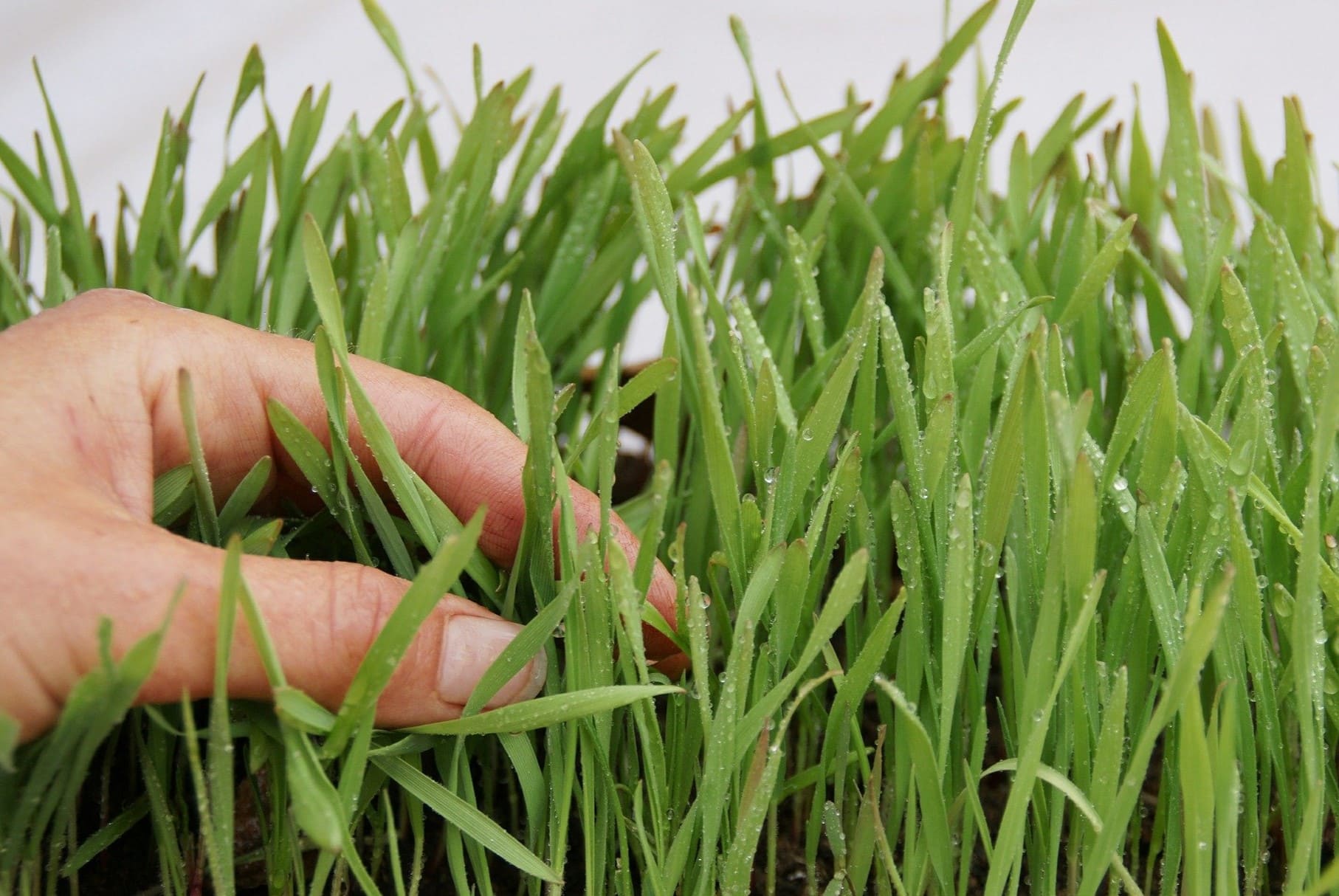

Landscaping Ideas
How Do Grass Seeds Germinate
Modified: March 24, 2024
Learn how grass seeds germinate and get expert landscaping ideas to help your lawn thrive. Discover the best practices for successful seed germination.
(Many of the links in this article redirect to a specific reviewed product. Your purchase of these products through affiliate links helps to generate commission for Storables.com, at no extra cost. Learn more)
**
Introduction
**
Landscaping is an art form that allows individuals to transform their outdoor spaces into stunning and functional areas. One of the fundamental aspects of landscaping is the cultivation of lush, green lawns, which often begins with the process of planting grass seeds. Understanding how grass seeds germinate is crucial for anyone looking to establish a vibrant and healthy lawn. In this article, we will delve into the intricate process of grass seed germination, exploring the various factors that influence this essential stage of plant growth.
The germination of grass seeds is a fascinating and complex process that is influenced by a myriad of environmental factors. By gaining insight into the intricacies of seed germination, individuals can optimize their lawn establishment efforts, resulting in a verdant and thriving outdoor space. Join us as we unravel the mysteries of grass seed germination and gain a deeper appreciation for the natural wonders that contribute to the beauty of our landscapes.
Key Takeaways:
- Grass seeds need water, warmth, and oxygen to sprout. Understanding their structure and the environment helps create the perfect conditions for a lush lawn.
- The germination process is like a tiny miracle, with the seed transforming into a resilient plant. By nurturing the seeds, we can create beautiful and sustainable outdoor landscapes.
Read more: How Do Plants Germinate
Seed Structure
Before delving into the process of germination, it is essential to understand the structure of grass seeds. Each grass seed is a marvel of natural engineering, encapsulating the potential for new plant life within its compact form. At the heart of every grass seed lies the embryo, the nascent plant-to-be, encased in a protective seed coat. This outer layer shields the delicate embryo from external harm, providing a shield against adverse environmental conditions until the time is right for germination.
Furthermore, the seed contains a store of nutrients that will sustain the emerging seedling during its initial growth stages. These reserves, often in the form of endosperm, provide essential sustenance for the young plant until it can establish its root system and begin to draw nutrients from the soil. The intricate balance of protective coating and internal nourishment equips the seed with the tools it needs to survive and thrive in the challenging journey from dormancy to germination.
Understanding the structure of grass seeds offers valuable insight into the resilience and adaptability of these tiny marvels. The protective mechanisms and internal provisions work in harmony to ensure the best possible conditions for successful germination and the subsequent growth of healthy grass plants.
Environmental Factors
The germination of grass seeds is influenced by a multitude of environmental factors, each playing a crucial role in the initiation and progression of this vital stage of plant growth. One of the primary influencers is moisture, as adequate water availability is essential for triggering the germination process. Additionally, the temperature of the surrounding environment significantly impacts the speed and success of germination. Most grass species require specific temperature ranges to initiate the germination process, highlighting the importance of understanding the climate and seasonal variations in the target planting area.
Furthermore, light, or the lack thereof, can also affect the germination of grass seeds. Some species require exposure to light to trigger germination, while others thrive in darkness. Understanding the light requirements of the chosen grass seed is pivotal in ensuring optimal germination conditions. Additionally, the presence of oxygen in the soil is vital for the metabolic processes involved in germination, emphasizing the interconnectedness of environmental factors in supporting this critical stage of plant development.
Soil quality and composition also play a significant role in the germination process. The texture, structure, and nutrient content of the soil can impact the ability of grass seeds to successfully germinate and establish healthy roots. By considering and optimizing these environmental factors, individuals can create an ideal setting for the germination and subsequent growth of vibrant grass plants, laying the foundation for a lush and inviting lawn.
Grass seeds need moisture, warmth, and oxygen to germinate. Keep the soil consistently moist but not waterlogged, and provide a warm environment for the seeds to sprout.
Germination Process
The germination process marks the transformation of a dormant grass seed into a burgeoning plant, poised to emerge from the soil and begin its journey toward maturity. It commences with the absorption of water by the seed, triggering biochemical changes that break its dormancy. This initial uptake of moisture softens the seed coat, allowing the internal embryo to swell and become activated, setting the stage for the emergence of the radical, the embryonic root of the plant.
As the radical elongates and anchors itself in the soil, the seminal shoot emerges, reaching upward in search of light and space. This pivotal stage of growth is a testament to the resilience and determination inherent in every grass seed, as it overcomes the challenges of its environment to pursue the promise of new life. The unfolding of the first leaves, known as cotyledons, marks the transition of the seedling into a young plant, ready to harness the resources of the soil and air to fuel its growth.
Throughout the germination process, the interplay of environmental factors continues to shape and guide the development of the emerging grass plant. The delicate balance of moisture, temperature, light, and soil composition influences the speed and success of germination, underscoring the importance of creating an environment conducive to the needs of the chosen grass species.
As the young grass plant matures and establishes its root system, it embarks on the journey toward becoming a vibrant and resilient component of the landscape, contributing to the beauty and functionality of outdoor spaces. The germination process, with its intricacies and dependencies, serves as a testament to the wonders of nature and the remarkable potential encapsulated within a humble grass seed.
Conclusion
The germination of grass seeds is a captivating and essential stage in the establishment of vibrant and healthy lawns. By understanding the structure of grass seeds, the influence of environmental factors, and the intricacies of the germination process, individuals can optimize their efforts to create lush and thriving outdoor spaces. The resilience and adaptability of grass seeds, encapsulated within their protective coats and nourishing reserves, underscore the remarkable potential for new life inherent in these tiny marvels.
Environmental factors, including moisture, temperature, light, and soil quality, play pivotal roles in shaping the germination process, highlighting the interconnectedness of natural elements in supporting the growth of grass plants. By carefully considering and managing these factors, individuals can create an environment that nurtures the germination and subsequent growth of resilient and verdant lawns.
The germination process itself, from the initial uptake of water to the emergence of the radical and seminal shoot, is a testament to the innate drive of every grass seed to pursue growth and vitality. The unfolding of the first leaves signals the transition from dormancy to active growth, marking the beginning of a new chapter in the life of the grass plant.
Ultimately, the germination of grass seeds embodies the marvels of nature and the potential for transformation that resides within the humblest of seeds. It is a process that invites individuals to witness and participate in the creation of inviting and sustainable outdoor landscapes, where the beauty and functionality of lush lawns enrich the lives of those who experience them. With a deeper understanding of grass seed germination, individuals can embark on their landscaping endeavors with confidence, knowing that they are nurturing the promise of new life and natural beauty.
Frequently Asked Questions about How Do Grass Seeds Germinate
Was this page helpful?
At Storables.com, we guarantee accurate and reliable information. Our content, validated by Expert Board Contributors, is crafted following stringent Editorial Policies. We're committed to providing you with well-researched, expert-backed insights for all your informational needs.
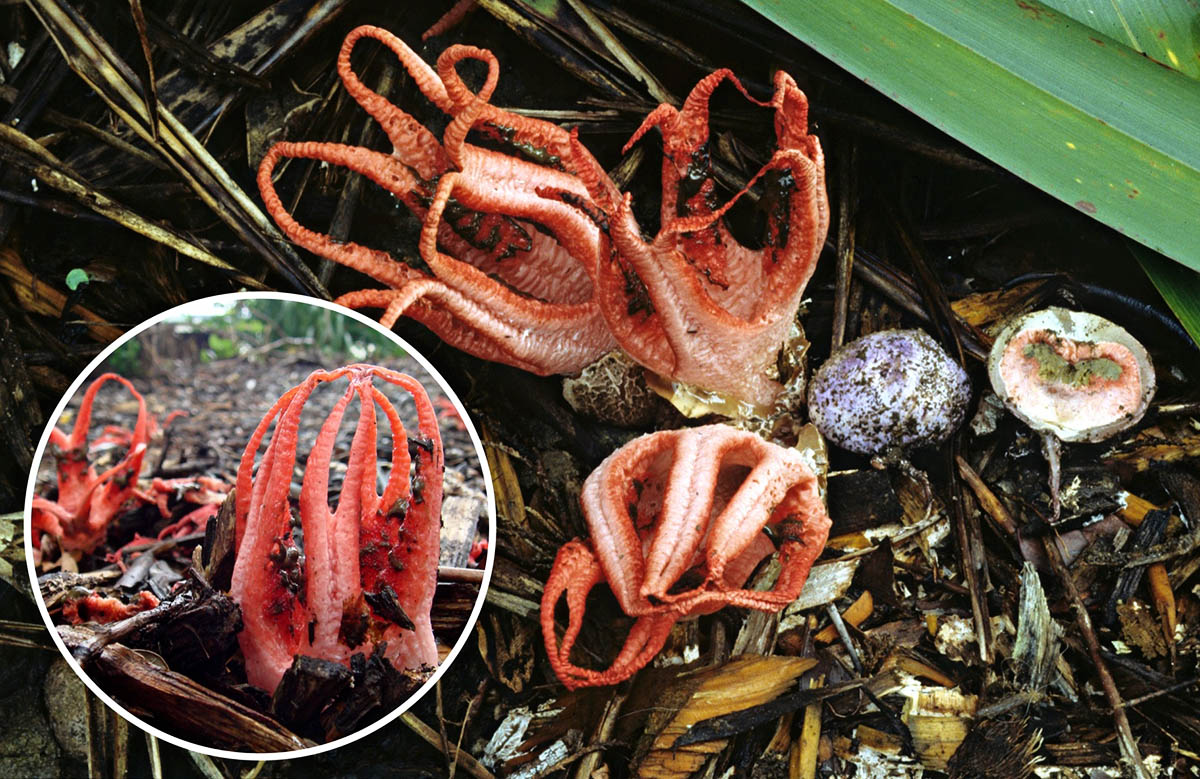
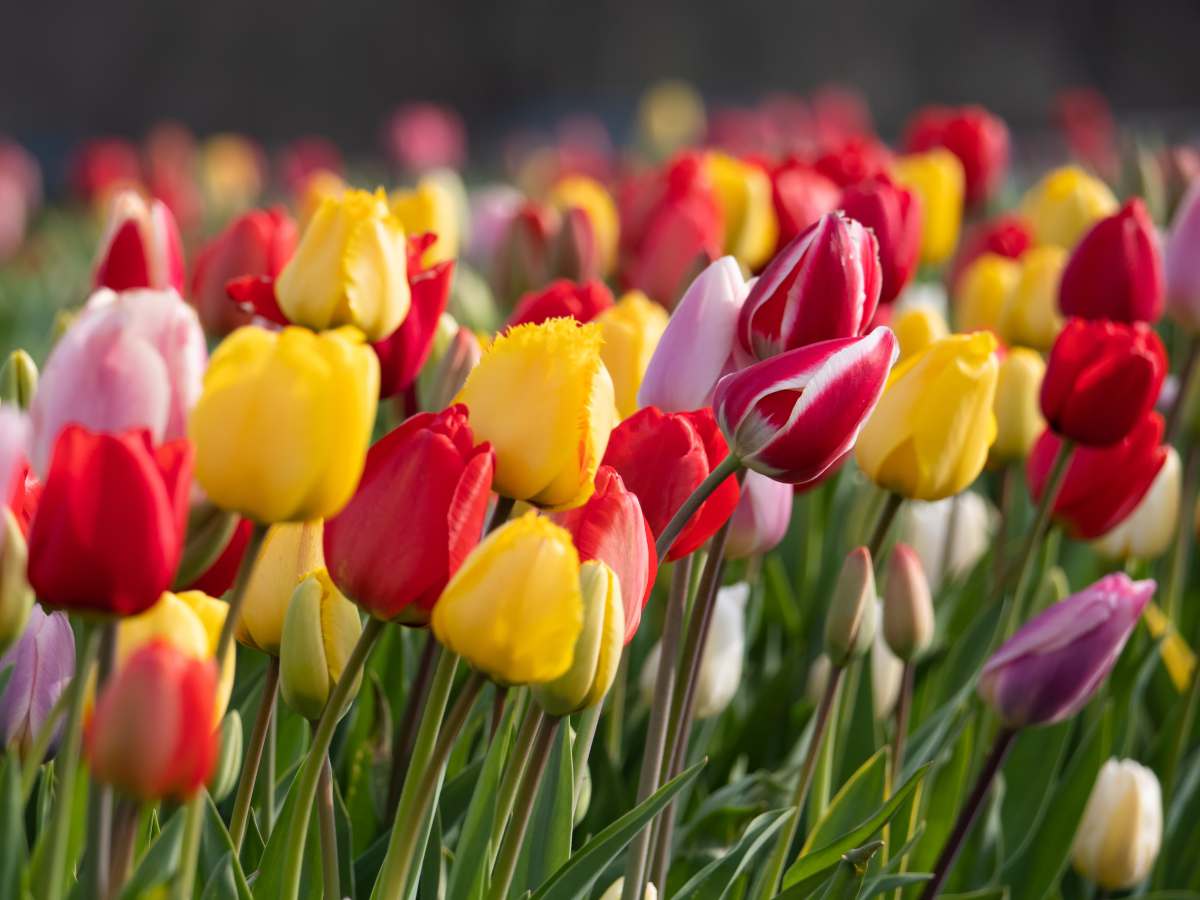
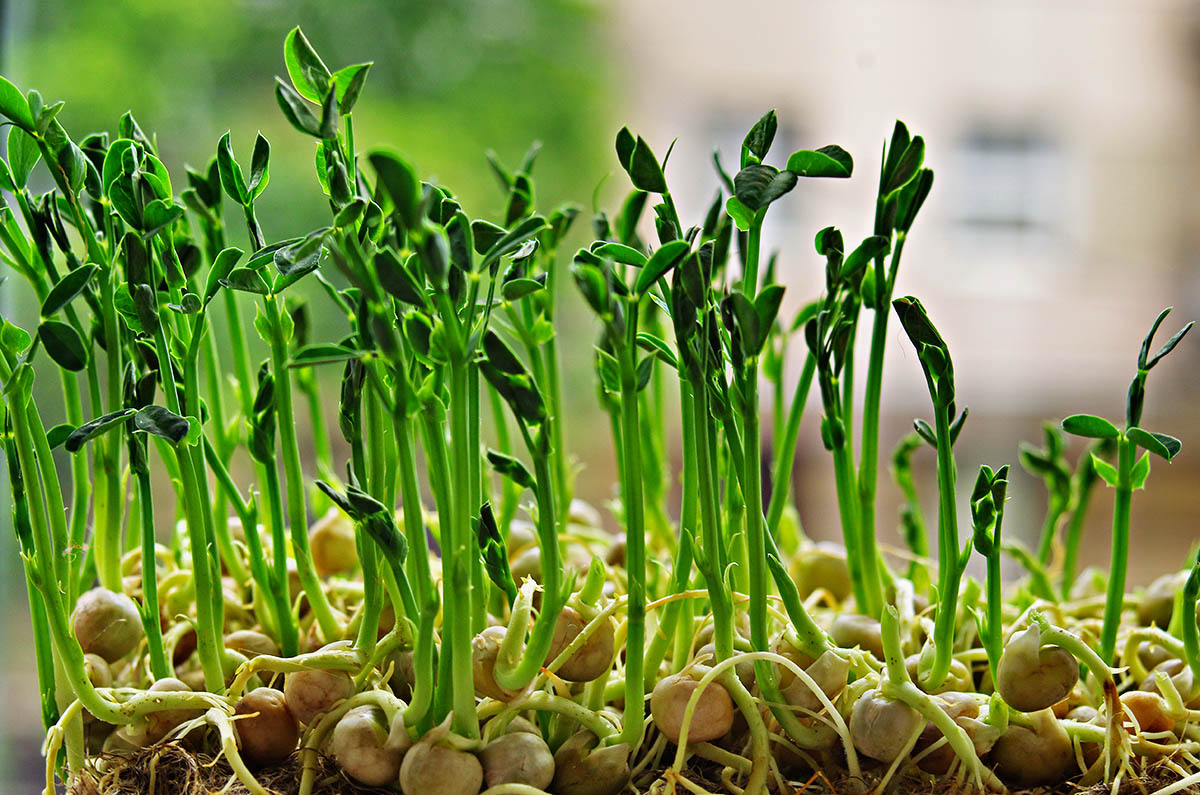
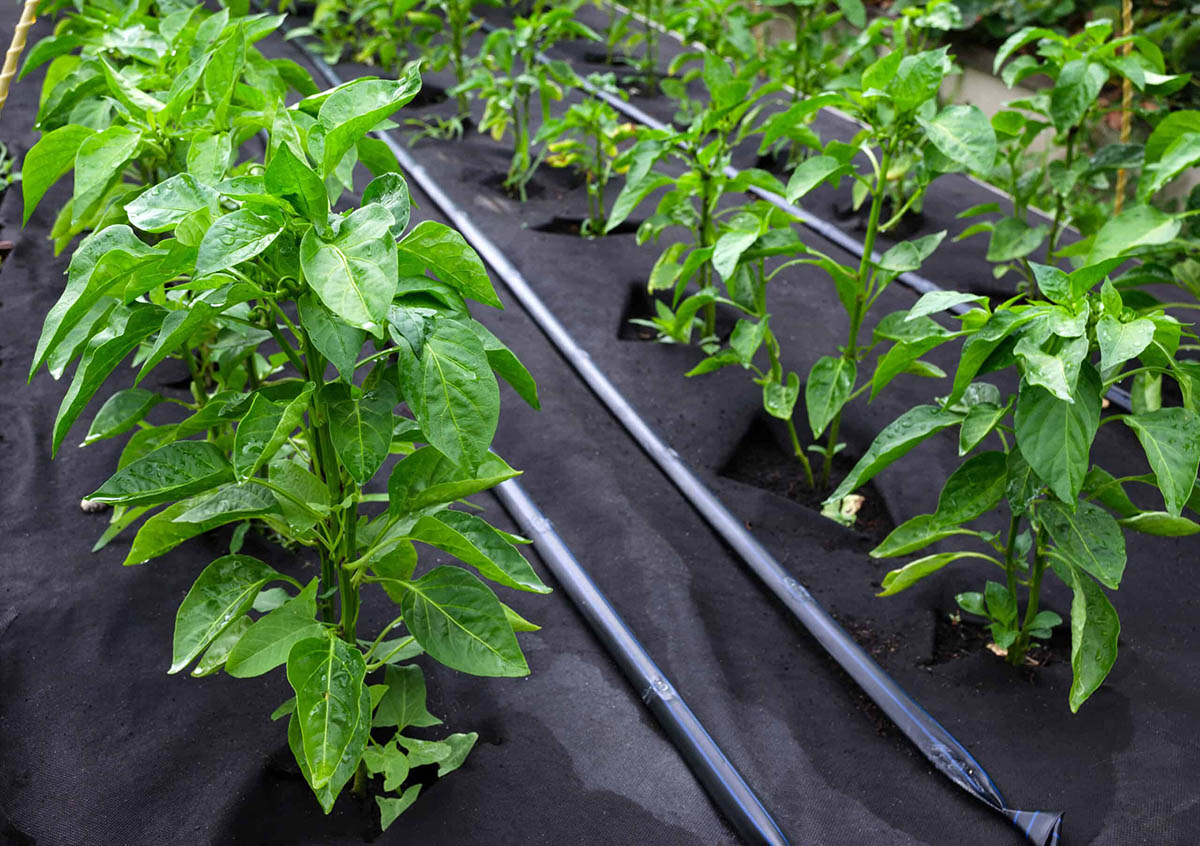
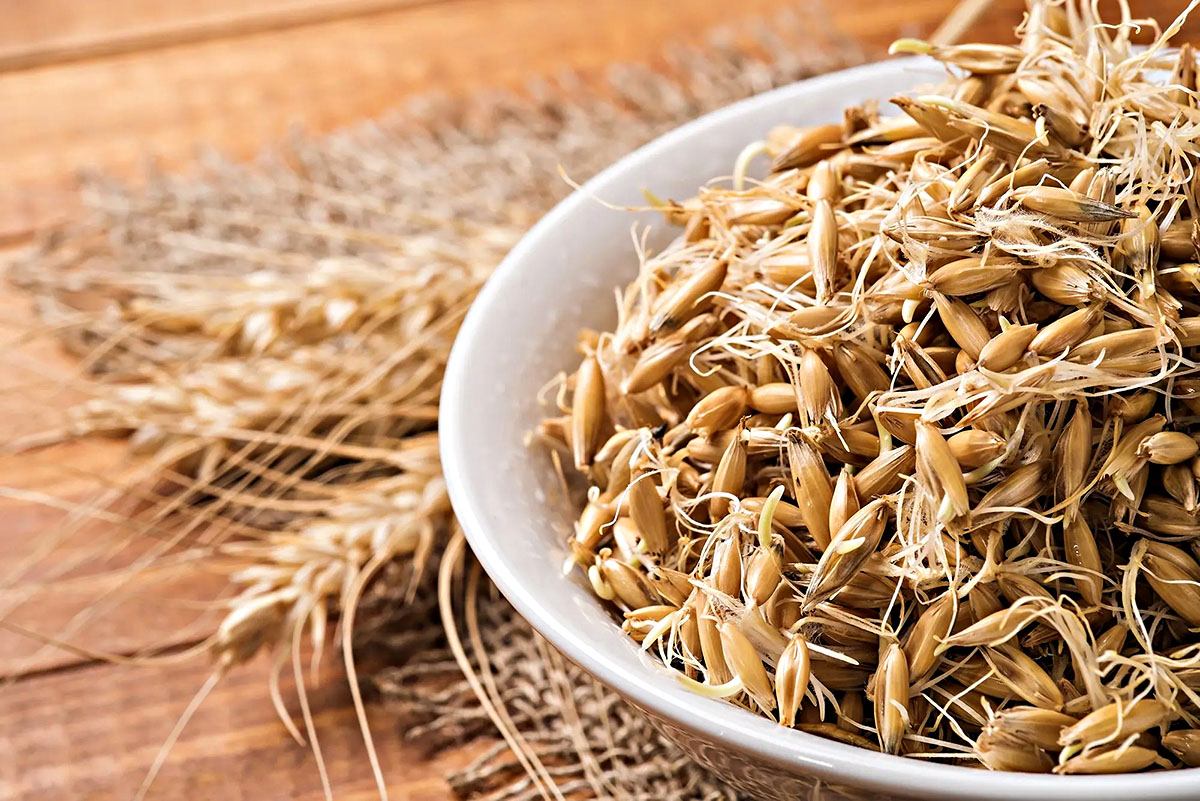
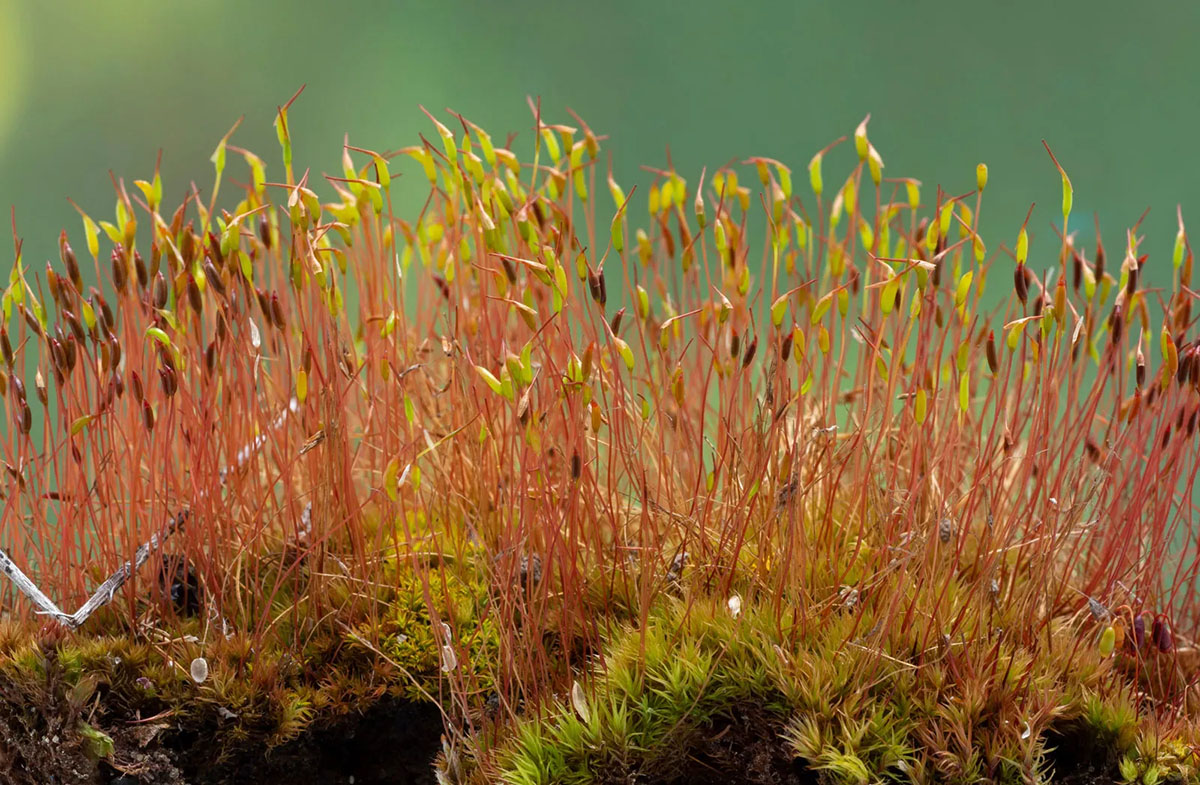
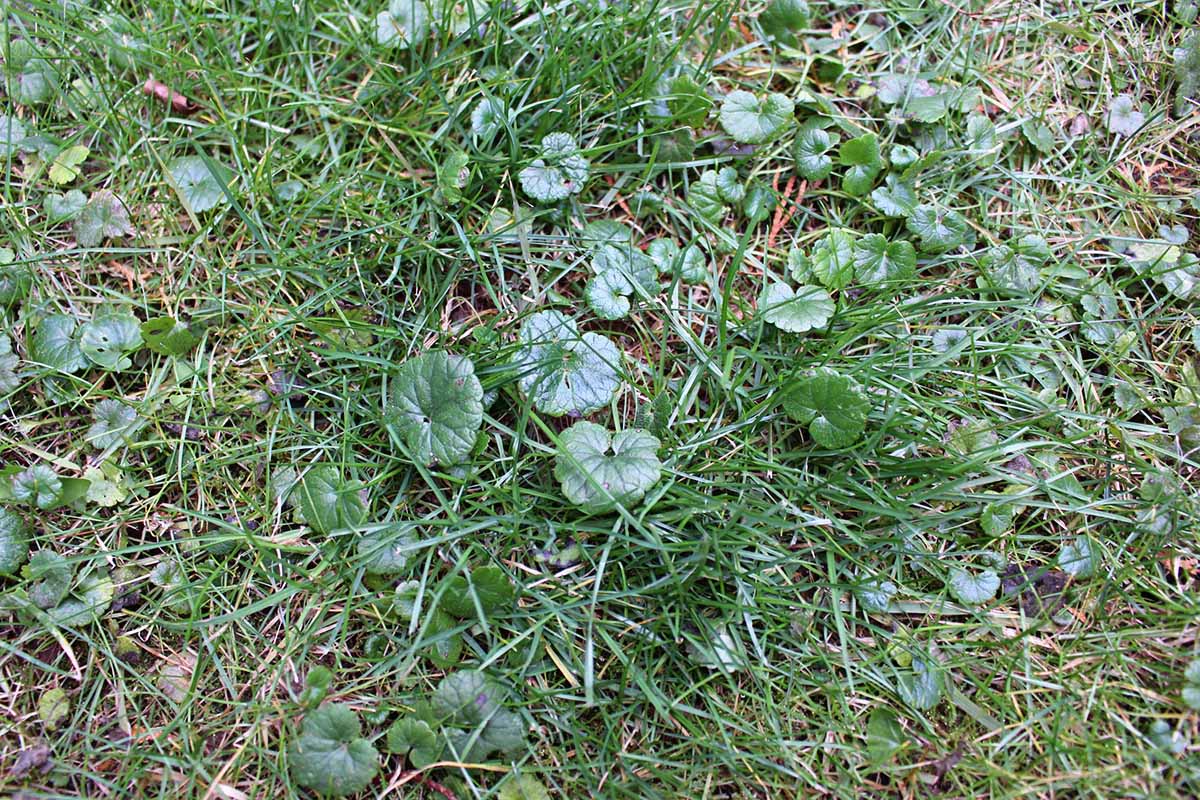
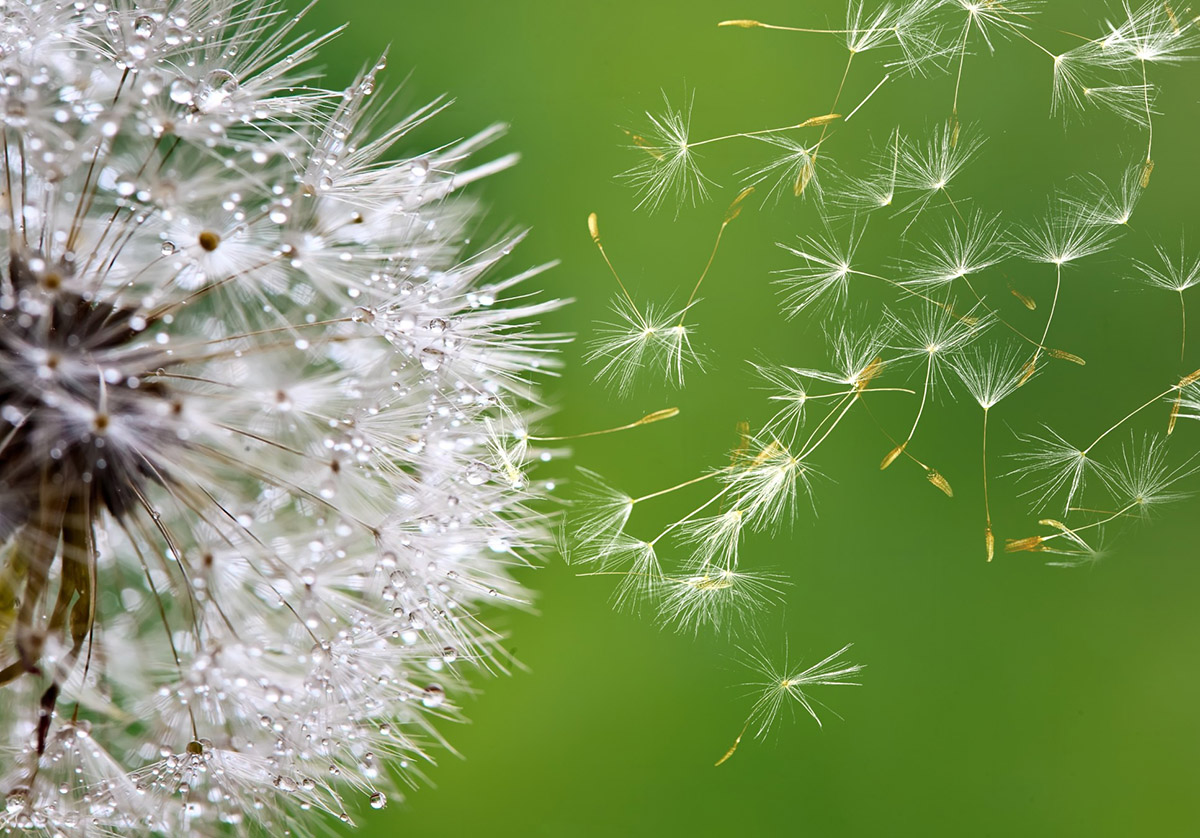
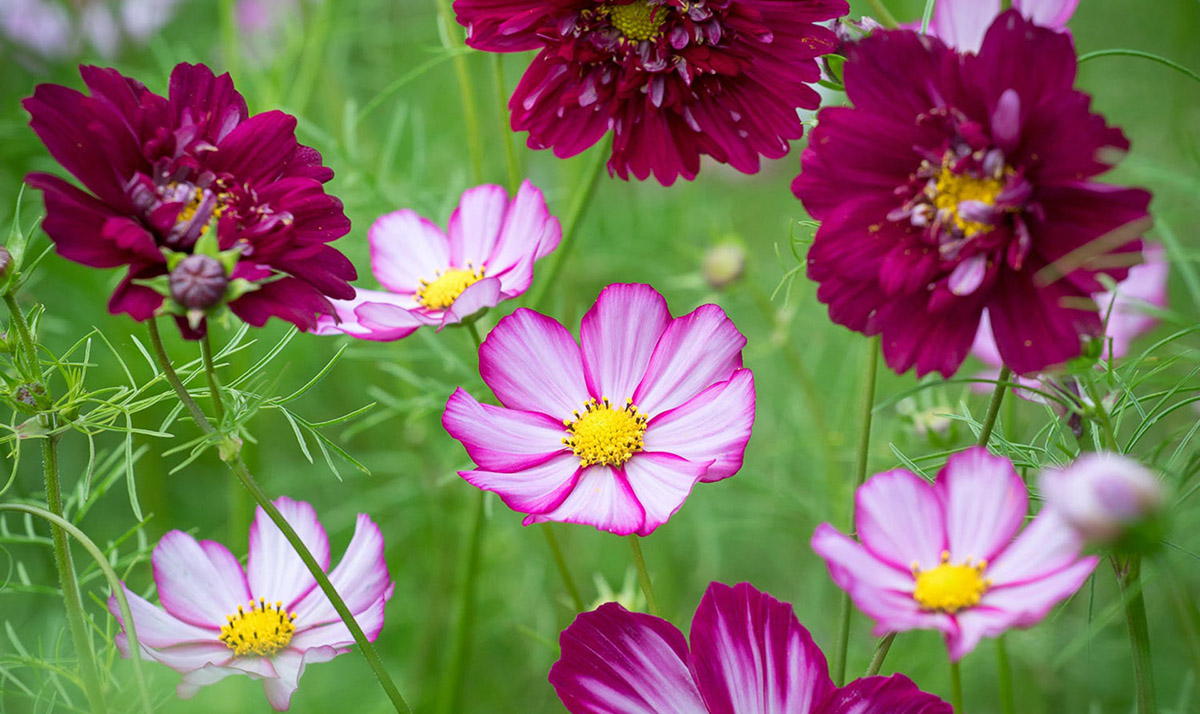
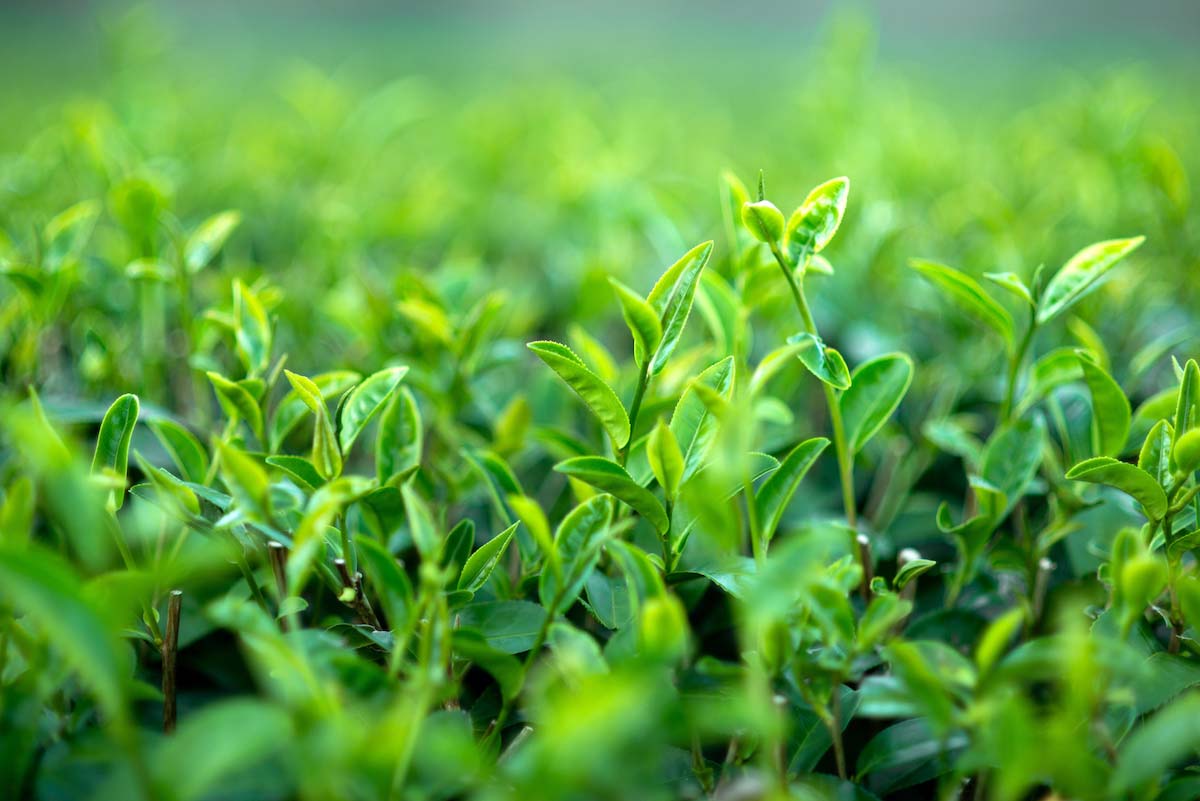
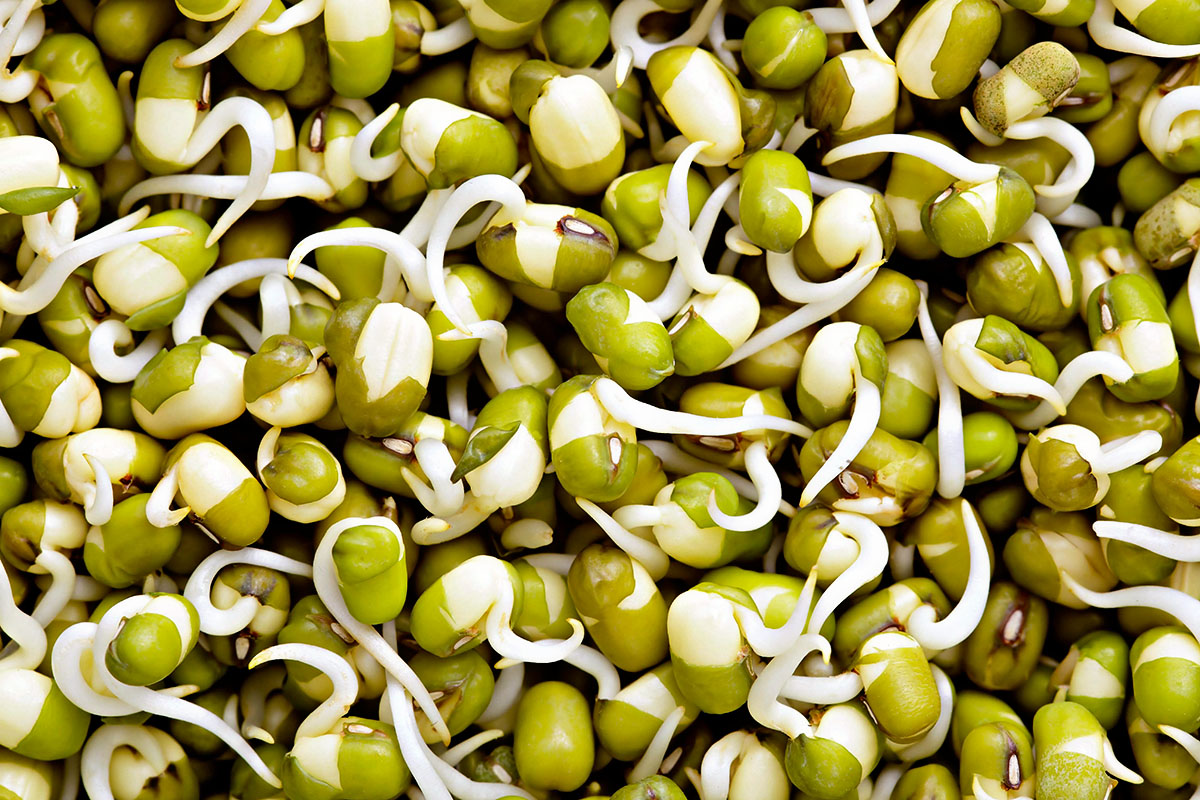

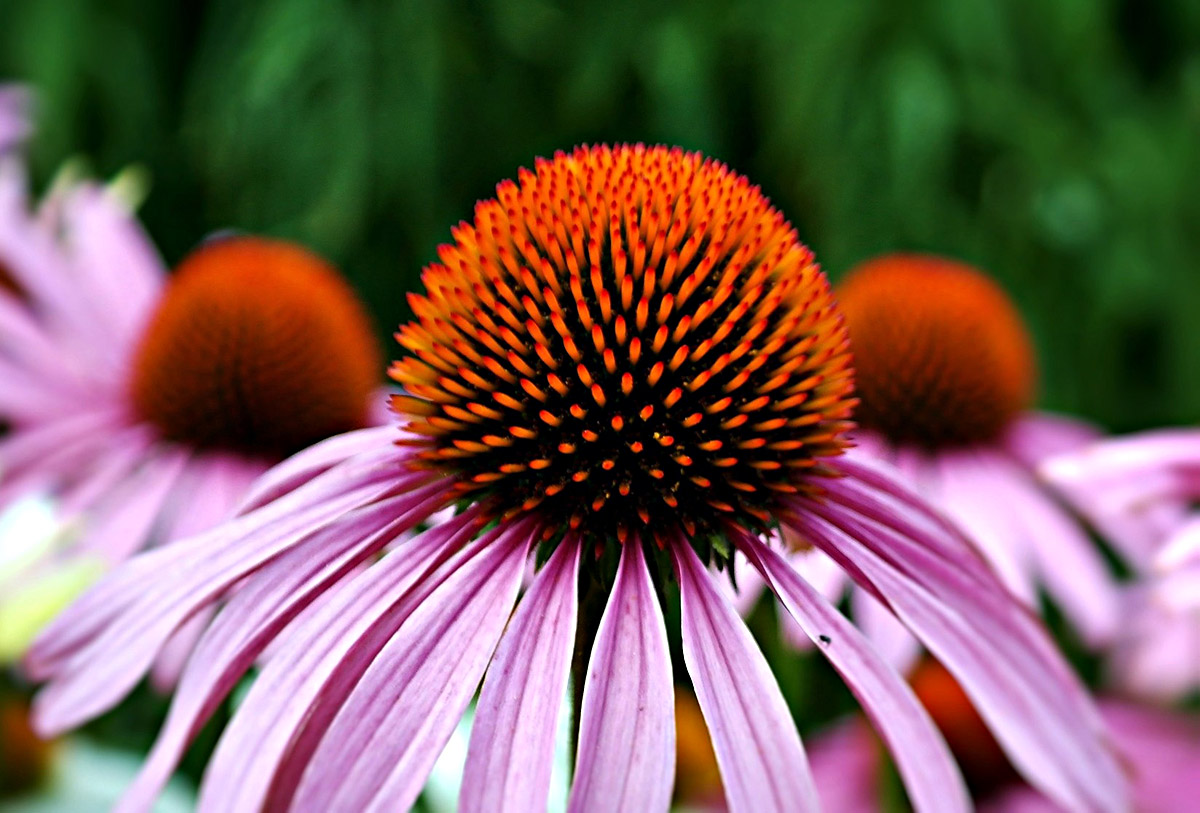
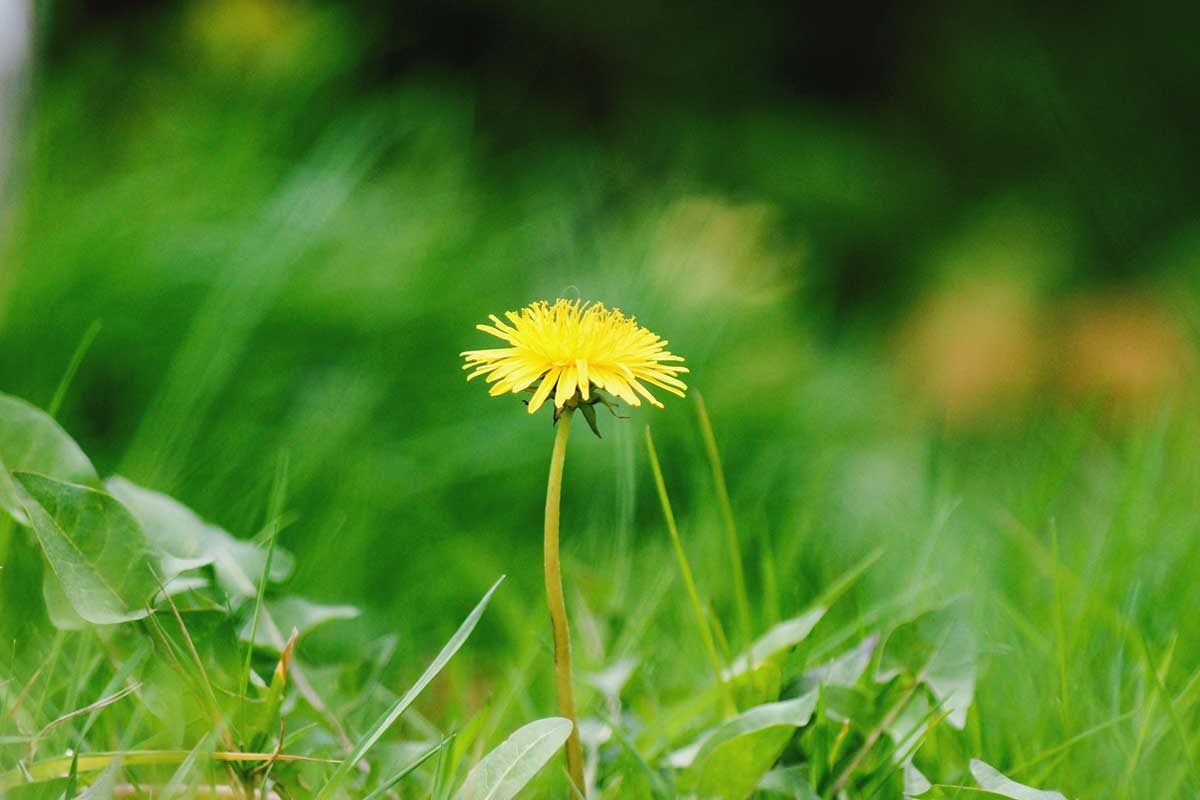
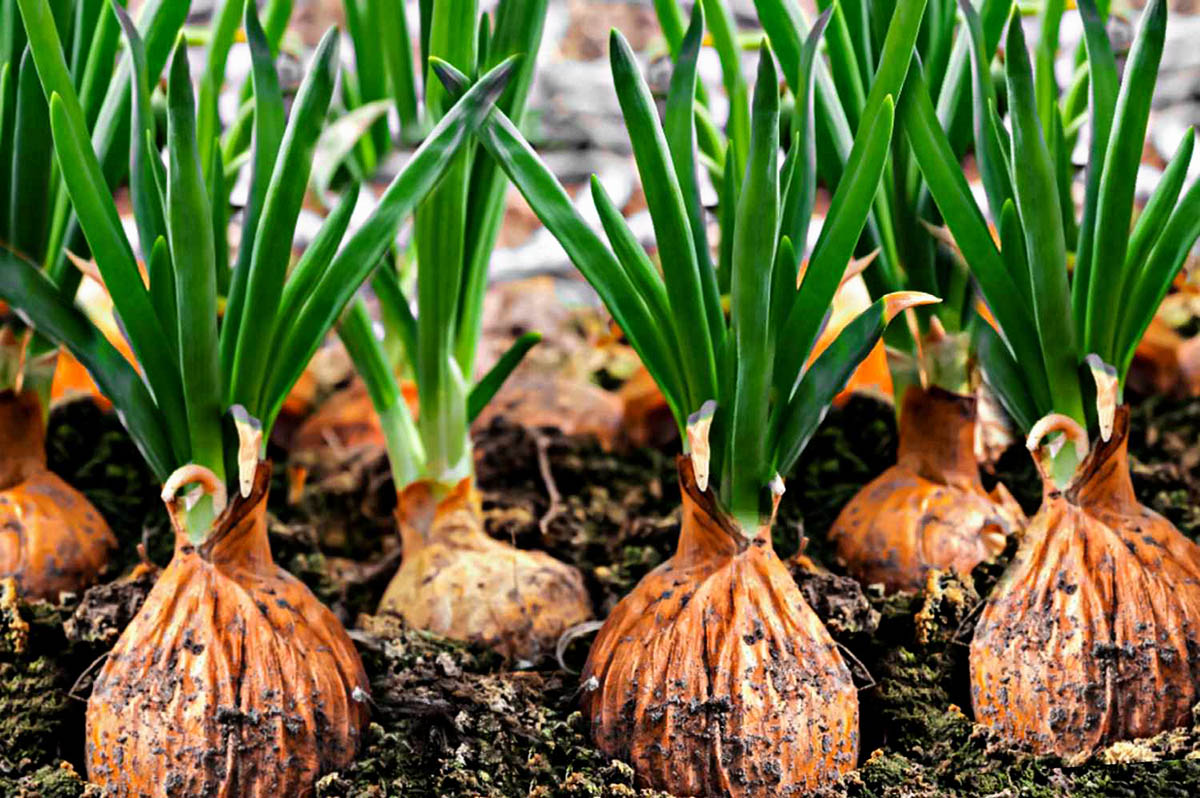

0 thoughts on “How Do Grass Seeds Germinate”